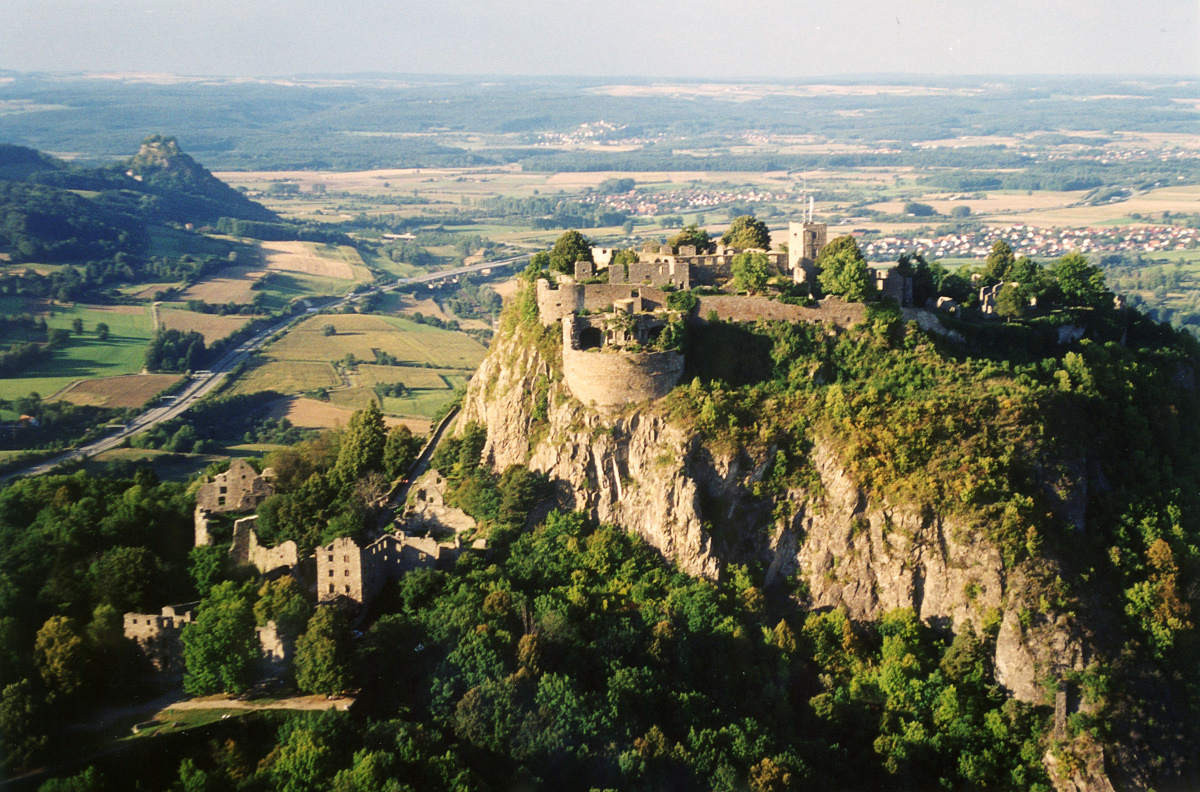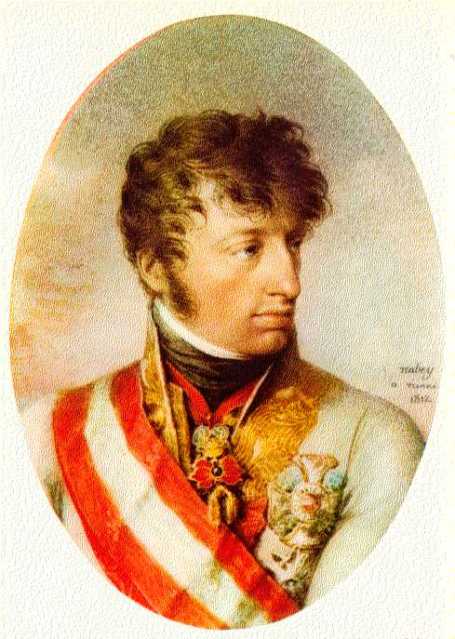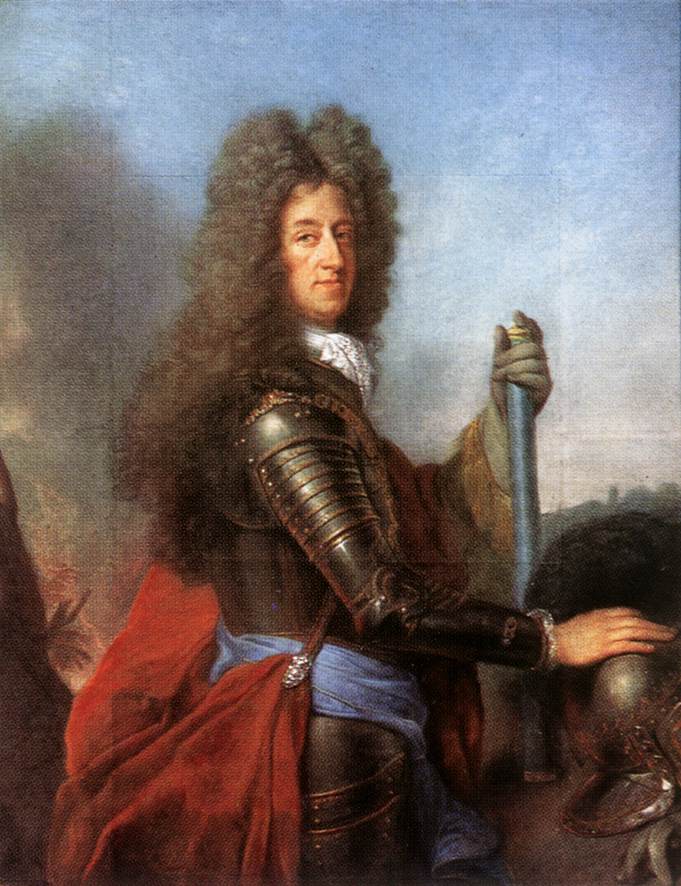|
Battle Of Engen (1800)
The Battles of Stockach and Engen were fought on 3 May 1800 between the army of the First French Republic under Jean Victor Marie Moreau and the army of the Habsburg monarchy led by Paul Kray. The fighting near Engen resulted in a stalemate. However, while the two main armies were engaged at Engen, Claude Lecourbe captured Stockach from its Austrian defenders (the latter commanded by Joseph, Prince of Lorraine-Vaudemont). The loss of his main supply base at Stockach compelled Kray to order a retreat. Stockach is located near the northwestern end of Lake Constance while Engen is west of Stockach. The action occurred during the War of the Second Coalition, part of the French Revolutionary Wars. Background ''See the Messkirch 1800 Order of Battle for details of the French and Austrian armies in the campaign.'' Plans At the beginning of 1800 the armies of France and the Habsburgs faced each other across the Rhine. Feldzeugmeister Paul Kray led approximately 120,000 troops. ... [...More Info...] [...Related Items...] OR: [Wikipedia] [Google] [Baidu] |
Campaigns Of 1800 In The French Revolutionary Wars
The French Revolutionary Wars continued from 1799 with the French fighting the forces of the Second Coalition. Napoleon Bonaparte had returned from Egypt and taken control of the French government. He prepared a new campaign, sending Moreau to the Rhine frontier and personally going to take command in the Alps, where French forces had been driven almost out of Italy in 1799. At the start of the campaigning season of 1800, the Austrians had strong armies North and South of the Alps *about 120,000 men in the Black Forest under Pál Kray (defending the direct (Rhine–Danube) route from France to Vienna *about 100,000 men in northern Italy under Michael von Melas defending the Austrian possessions in northern Italy, and the Po Valley, which Napoleon had used as a backdoor to Vienna in his previous Italian campaigns The French had *about 120,000 men under Moreau facing Kray *about 40,000 men under André Masséna holding Genoa and preventing invasion of Southern France from Italy ... [...More Info...] [...Related Items...] OR: [Wikipedia] [Google] [Baidu] |
Battle Of Mannheim (1799)
The Battle of Mannheim (18 September 1799) was fought between an Austrian army commanded by Archduke Charles, Duke of Teschen and a French army under Jacques Léonard Muller. Most of the French ''Army of the Rhine'' had retreated to the west bank of the Rhine River, leaving the division of Antoine Laroche Dubouscat to hold Mannheim on the east bank. Despite assistance by Michel Ney, Laroche's division was beaten and driven out of the city when attacked by Charles and a much superior force. The War of the Second Coalition action occurred in the city of Mannheim, located in the state of Baden-Württemberg in southwest Germany about south of Frankfurt. In the summer of 1799, Muller's 18,000-man army had the mission of drawing Charles' Austrian army away from Switzerland, the central and western portions of which were held by André Masséna's army. Moving south from Mannheim, the ''Army of the Rhine'' laid siege to Philippsburg. Provoked by this threat to his strategic rear, Charle ... [...More Info...] [...Related Items...] OR: [Wikipedia] [Google] [Baidu] |
Electorate Of Bavaria
The Electorate of Bavaria (german: Kurfürstentum Bayern) was an independent hereditary electorate of the Holy Roman Empire from 1623 to 1806, when it was succeeded by the Kingdom of Bavaria. The Wittelsbach dynasty which ruled the Duchy of Bavaria was the younger branch of the family which also ruled the Electorate of the Palatinate. The head of the elder branch was one of the seven prince-electors of the Holy Roman Empire according to the Golden Bull of 1356, but Bavaria was excluded from the electoral dignity. In 1621, the Elector Palatine Frederick V was put under the imperial ban for his role in the Bohemian Revolt against Emperor Ferdinand II, and the electoral dignity and territory of the Upper Palatinate was conferred upon his loyal cousin, Duke Maximilian I of Bavaria. Although the Peace of Westphalia would create a new electoral title for Frederick V's son, with the exception of a brief period during the War of the Spanish Succession, Maximilian's descendants wou ... [...More Info...] [...Related Items...] OR: [Wikipedia] [Google] [Baidu] |
Feldzeugmeister
''Feldzeugmeister'' was a historical military rank in some German and the Austro-Hungarian armies, especially in use for the artillery. It was commonly used in the 16th or 17th century, but could even be found at the beginning of the 20th century in some European countries. In the army of Habsburg Empire, the rank of Feldzeugmeister was an equivalent of lieutenant general. Etymology The German term ''Feldzeugmeister'' literally translates as "ordnance master" or "gun master". (''Feld-'' means battlefield, as used in the German title for field marshal (''Feldmarschall''), and ''-zeug-'' refers to the guns used by the artillery.) In French, the equivalent expression was , used since the days of Philip VI of France (). Military rank Originally, the ranks above ''Feldzeugmeister'' were ''Feldhauptmann'' and ''Feldmarschall''. The third most important person in the army was the ''Feldzeugmeister''. Although the expression was common in the German artillery, Austrian, Hungarian and ... [...More Info...] [...Related Items...] OR: [Wikipedia] [Google] [Baidu] |
French Revolutionary Wars
The French Revolutionary Wars (french: Guerres de la Révolution française) were a series of sweeping military conflicts lasting from 1792 until 1802 and resulting from the French Revolution. They pitted French First Republic, France against Kingdom of Great Britain, Britain, Habsburg monarchy, Austria, Kingdom of Prussia, Prussia, Russian Empire, Russia, and several other monarchies. They are divided in two periods: the War of the First Coalition (1792–97) and the War of the Second Coalition (1798–1802). Initially confined to Europe, the fighting gradually assumed a global dimension. After a decade of constant warfare and aggressive diplomacy, France had conquered territories in the Italian Peninsula, the Low Countries and the Rhineland in Europe and abandoned Louisiana (New France), Louisiana in North America. French success in these conflicts ensured the spread of revolutionary principles over much of Europe. As early as 1791, the other monarchies of Europe looked with ou ... [...More Info...] [...Related Items...] OR: [Wikipedia] [Google] [Baidu] |
Lake Constance
Lake Constance (german: Bodensee, ) refers to three Body of water, bodies of water on the Rhine at the northern foot of the Alps: Upper Lake Constance (''Obersee''), Lower Lake Constance (''Untersee''), and a connecting stretch of the Rhine, called the Seerhein, Lake Rhine (''Seerhein''). These waterbodies lie within the Lake Constance Basin () in the Alpine Foreland through which the Rhine flows. The lake is situated where Germany, Switzerland, and Austria meet. Its shorelines lie in the German states of Baden-Württemberg and Bavaria, the Swiss cantons of Canton of St. Gallen, St. Gallen, Canton of Thurgau, Thurgau, and Canton of Schaffhausen, Schaffhausen, and the Austrian state of Vorarlberg. The actual location of the border Lake_Constance#International_borders, is disputed. The Alpine Rhine forms in its original course the Austro-Swiss border and flows into the lake from the south. The High Rhine flows westbound out of the lake and forms (with the exception of the Canton ... [...More Info...] [...Related Items...] OR: [Wikipedia] [Google] [Baidu] |
Battle Of Hohenlinden
The Battle of Hohenlinden was fought on 3 December 1800 during the French Revolutionary Wars. A French army under Jean Victor Marie Moreau won a decisive victory over an Austrian and Bavarian force led by 18-year-old Archduke John of Austria. The allies were forced into a disastrous retreat that compelled them to request an armistice, effectively ending the War of the Second Coalition. Hohenlinden is 33 km east of Munich in modern Germany. General of Division Moreau's 56,000-strong army engaged some 64,000 Austrians and Bavarians. The Austrians, believing they were pursuing a beaten enemy, moved through heavily wooded terrain in four disconnected columns. Moreau ambushed the Austrians as they emerged from the Ebersberg forest while launching Antoine Richepanse's division in a surprise envelopment of the Austrian left flank. Displaying superb individual initiative, Moreau's generals managed to encircle and smash the largest Austrian column. This crushing victory, couple ... [...More Info...] [...Related Items...] OR: [Wikipedia] [Google] [Baidu] |
Battle Of Ampfing (1800)
At the Battle of Ampfing on 1 December 1800, Paul Grenier's two divisions of the First French Republic opposed the Austrian army southwest of the town of Ampfing during the French Revolutionary Wars. The Austrians, under the leadership of Archduke John of Austria, forced their enemies to retreat, though they sustained greater losses than the French. Ampfing is located east of Munich and west of Mühldorf am Inn. In Spring 1800, while Moreau wrecked Austrian defenses in Germany, Generals Massena and Desaix ran into stiff Austrian offensives in Northern Italy. In June, Napoleon brought in the reserve corps and defeated the Austrians at Marengo. On the Danube, the decisive Battle of Höchstädt, followed by success at Battle of Neuburg a few days later, allowed the French to take Munich and to control the Danube and its tributaries as far as Ingolstadt. With the French pressing on Austria from the north and through Italy, a truce ended hostilities for the rest of the su ... [...More Info...] [...Related Items...] OR: [Wikipedia] [Google] [Baidu] |
Battle Of Neuburg (1800)
The Battle of Neuburg occurred on 27 June 1800 in the south German state of Bavaria, on the southern bank of the Danube river. Neuburg is located on the Danube between Ingolstadt and Donauwörth. This battle occurred late in the War of the Second Coalition (1798–1802), the second war between Revolutionary France and the conservative European monarchies, which included at one time or another Britain, Habsburg Austria, Russia (until late 1799), the Ottoman Empire (Turkey), Portugal and Naples. After a series of reverses, several of the allies withdrew from the Coalition. By 1800, Napoleon's military victories in northern Italy challenged Habsburg supremacy there. French victories in the upper Danubian territories opened a route along that river to Vienna. In a series of battles in what is now southern Germany, the French pushed the combined Austrian and Coalition force back, first capturing Stockach, then Meßkirch, then Biberach. After his loss at Biberach, the Coalitio ... [...More Info...] [...Related Items...] OR: [Wikipedia] [Google] [Baidu] |
Battle Of Höchstädt (1800)
The Battle of Höchstädt was fought on 19 June 1800 on the north bank of the Danube near Höchstädt, and resulted in a French victory under General Jean Victor Marie Moreau against the Austrians under Baron Pál Kray. The Austrians were subsequently forced back into the fortress town of Ulm. Instead of attacking the heavily fortified, walled city, which would result in massive losses of personnel and time, Moreau dislodged Kray's supporting forces defending the Danube passage further east. As a line of retreat eastward disappeared, Kray quickly abandoned Ulm, and withdrew into Bavaria. This opened the Danube pathway toward Vienna. The Danube passage connecting Ulm, Donauwörth, Ingolstadt and Regensburg had strategic importance in the ongoing competition for European hegemony between France and the Holy Roman Empire; the army that commanded the Danube, especially its passage through Württemberg and Bavaria, could command access to the important cities of Munich and the s ... [...More Info...] [...Related Items...] OR: [Wikipedia] [Google] [Baidu] |
Battle Of Biberach (1800)
The Battle of Biberach on 9 May 1800 saw a French First Republic corps under Laurent Gouvion Saint-Cyr engage part of a Habsburg Austrian army led by Pál Kray. After an engagement in which the Austrians suffered twice as many casualties as the French, Kray withdrew to the east. The combat occurred during the War of the Second Coalition, part of the French Revolutionary Wars. Biberach an der Riss is located southwest of Ulm. In late April 1800, a French army under the command of Jean Victor Marie Moreau crossed the Rhine river near Basel. At Stockach and Engen on 3 May, Moreau captured Kray's base of supplies and forced him into retreat. Two days later, Kray confronted his pursuers at Battle of Messkirch but was beaten again. On the 9th, the corps of Gouvion Saint-Cyr caught up with a part of Kray's army and the two sides battled again. Background Although the First Coalition forces achieved several initial victories at Verdun, Kaiserslautern, Neerwinden, Mainz, Amb ... [...More Info...] [...Related Items...] OR: [Wikipedia] [Google] [Baidu] |







.jpg)